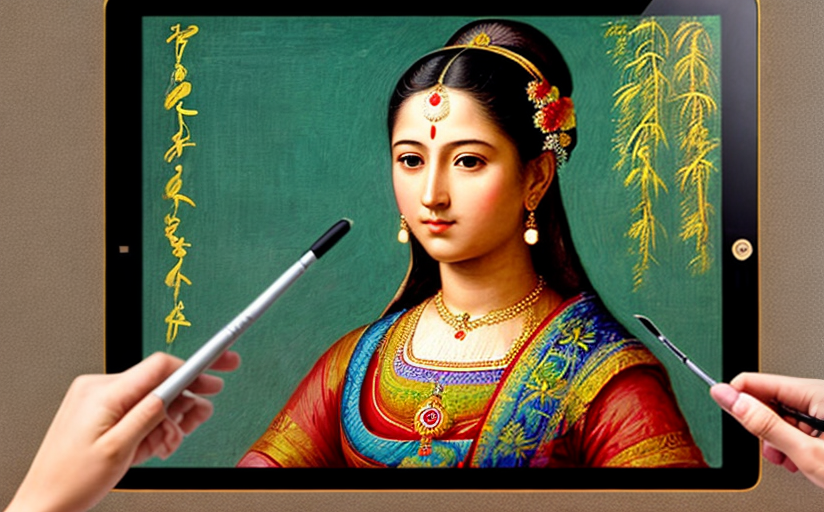Art, Culture, and Digital Technology: A Transformative Nexus
In an era of technological revolution, we are witnessing an unprecedented transformation in every sphere. The art and culture sectors are also subject to such significant changes, largely influenced by the continual advent of digital technology. In this article, we delve into the far-reaching implications digital technology has on art, culture, and the intersection of the two.
Digital Technology: The New Art and Culture Canvas?
Art has always been a reflection of human creativity and ingenuity, and now it exists in a burgeoning relationship with digital technology. It has revolutionised traditional forms and ways of creating and consuming art. From augmented reality art galleries to digital art installations, artists are exploiting digital mediums to express their creative inclinations. Galleries, museums and cultural institutions are not lagging, using digital technology to adapt and evolve.
From Accessibility to Audience Engagement
Digital technology has freed art from the galleries' confines, making it accessible to anyone with an internet connection. Besides the widened accessibility, digital arenas have also paved the path for enhanced audience engagement. Virtual tours of museums, online art workshops, and interactive digital exhibitions are just a few examples of how these sectors have adapted to engage newer audiences.
Preservation of Historical Artworks
One of the most constructive implications of digital technology in art and culture has been its role in preserving historical and timeless works of art. High-resolution imaging, 3D modelling, and other innovative techniques are ensuring that these art pieces are archived digitally, safeguarding them against physical deterioration and potential loss.
The Future of Art and Culture in the Digital Age
As we look to the future, the further expansion of digital technology in art and culture promises numerous potentials. However, we must also prepare for the challenges. Ensuring digital equity — that is, equal access to digital technologies for artists and consumers alike — would be pivotal in shaping this future. Moreover, recognizing digital artworks' financial and intellectual value alongside traditional art requires wider acceptance.
The ever-evolving nature of the digital landscape implies that changes will continue coming thick and fast. The art and culture sectors will need to blend adaptability with creativity to thrive in this new chapter of digital evolution.
Final Thoughts
Clearly, digital technology has left an indelible footprint on art and culture, shaping and moulding them in new dimensions. By harnessing its potential while being watchful of its challenges, we can preserve our cultural integrity and artistic ingenuity, pushing boundaries beyond conventional limits.

















Comments
Leave a Comment